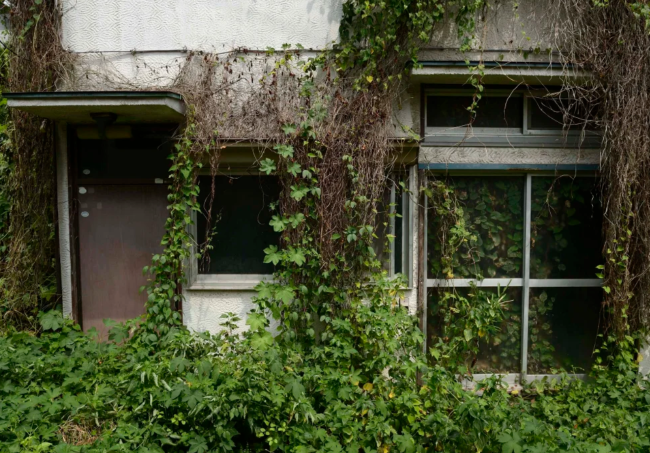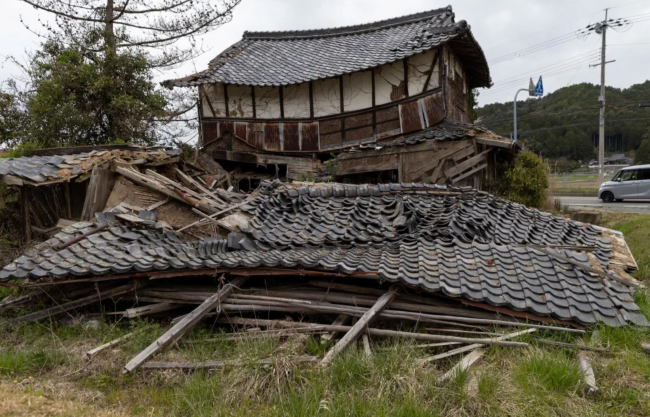The number of vacant homes in Japan has risen to a record high of 9 million – more than enough for every person in New York City, as the East Asian nation grapples with a shrinking population.

Abandoned houses in Japan are known as “akiya” – a term often used to refer to derelict residential buildings in rural areas.
But more and more akiya are popping up in big cities like Tokyo and Kyoto, and it's a painful reality for a government struggling with an aging population and an alarming drop in the number of babies born each year.
“This is a sign of Japan’s population decline,” said Jeffrey Hall, a lecturer at Kanda University of International Studies in Chiba. “It’s not a matter of building too many houses, it’s a matter of not having enough people.”
According to data compiled by Japan's Ministry of Internal Affairs and Communications, 14 percent of all homes in Japan are vacant. This figure includes second homes and homes that are vacant for other reasons.
Experts told CNN that not all uninhabited homes are doomed to ruin, like traditional akiya, but their growing numbers are causing a host of other problems for governments and communities.
These include efforts to revive run-down towns that have become potentially dangerous due to poor building maintenance and increased risks for rescue workers in times of disaster in a country regularly hit by earthquakes and tsunamis.

Akiya homes have traditionally been passed down through generations. But with Japan's birth rate plummeting, many people have no children to inherit them, or the younger generation has moved to the cities and is reluctant to return to the countryside to take over their relatives' homes.
In addition, some houses are also abandoned because local authorities do not know who the owners are due to poor record keeping.
The Japanese government is currently struggling to rejuvenate its rapidly aging rural communities.
Under Japan's tax system, some homeowners often find it cheaper to keep their home than to demolish it for redevelopment. And even if owners want to sell, they may have trouble finding buyers.
“Many of these homes require public transportation stops, have poor access to health care services and even convenience stores,” Hall said.
Videos have appeared online of foreigners buying cheap houses in Japan and turning them into stylish guesthouses or cafes. However, Mr Hall warns that it is not as easy as it sounds.
“The truth is that most of these houses will not be sold to foreigners, or the administrative procedures and regulations behind it are not easy for people who do not speak and understand Japanese very well. They will not be able to buy these houses at a cheap price,” he said.
Population decline, houses uninhabited
Japan's population has been steadily declining for many years, and at the last census in 2022, the population had dropped by more than 800,000 people since the previous year, to 125.4 million.
According to official figures, in 2023, the number of new births fell for the eighth consecutive year, to a record low.
Japan's birth rate has hovered around 1.3 children per woman for years, far below the 2.1 needed to keep the population stable. The number of children under 15 fell for the 43rd straight year to a record low of about 14 million as of April 1, the Internal Affairs and Communications Ministry said last week.

All of which means the problem of empty homes due to too few people is likely to persist.
Yuki Akiyama, a professor in the Department of Architecture and Urban Design at Tokyo Metropolitan University, said vacant homes have caused problems in the past, such as after the 7.5-magnitude earthquake that hit the Noto Peninsula in Ishikawa in January this year.
The area where the earthquake occurred has a lot of akiya and they pose a danger to people during disasters as well as a challenge for post-earthquake reconstruction, he said.